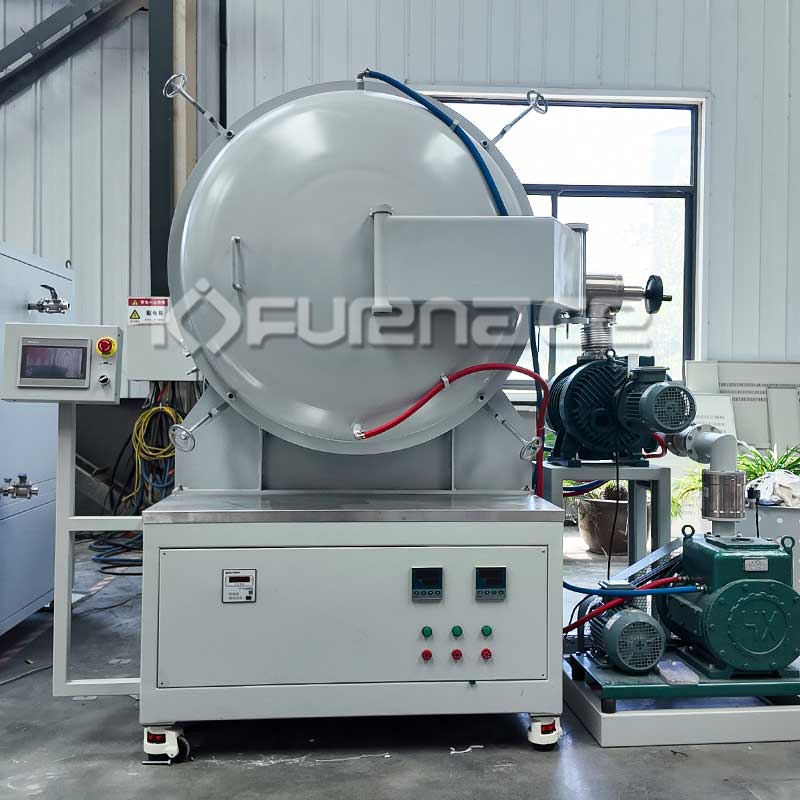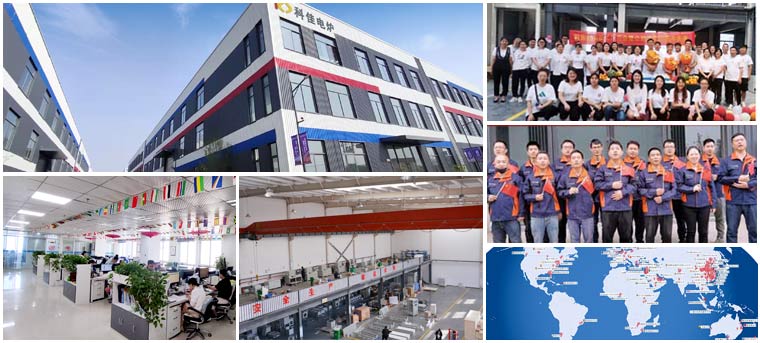Working principle and core technical features of vacuum furnace
Vacuum furnace is an advanced equipment that combines vacuum technology with heat treatment process. Its core principle is to realize the heating, cooling and reaction process of materials under ultra-low pressure environment, so as to avoid the problems of oxidation and decarburization in traditional heat treatment. The following analyzes its working principle from three aspects: vacuum environment construction, heating mechanism and key technology.
1. Construction and maintenance of vacuum environment
The vacuum furnace reduces the air pressure in the furnace to a working vacuum degree of 1.33~1.33×10⁻³Pa through the vacuum pump system, eliminating oxidizing gases such as oxygen and nitrogen in the air. The furnace body adopts rubber seals and water-cooled interlayer design to ensure no air leakage and water leakage at high temperature, and prevent oil vapor from mixing with air to form an explosive atmosphere. During operation, it is necessary to evacuate the vacuum first and then turn on the power for heating to avoid metal materials from inhaling, oxidizing or carbonizing.
2. Heating and temperature control mechanism
Low voltage and high current heating: To prevent glow discharge in a vacuum environment, the electric heating element adopts a low voltage design of 80~100 volts, combined with high temperature resistant materials such as tantalum, tungsten, and molybdenum, and uniformly heats the workpiece by radiation, with small internal temperature difference and low thermal stress.
Zoned temperature control and heat insulation: Graphite and other low thermal conductivity materials are used as heat insulation linings in the furnace, combined with temperature control of components such as water-cooled electrodes, to achieve precise temperature control and high energy efficiency.

The working principle of the vacuum furnace determines its significant advantages:
Material performance optimization: Degassing improves the mechanical properties of the workpiece and avoids the risk of hydrogen embrittlement, especially suitable for active materials such as titanium and refractory metals;
Process stability: The vacuum environment eliminates atmosphere interference, the heat treatment repeatability is good, and the product qualification rate is high;
Safety and environmental protection: No oxidizing waste gas emissions, clean operating environment, in line with the green production needs of modern industry.
Through the above mechanism, vacuum furnaces are widely used in the heat treatment of precision parts in the fields of aerospace, electronics, medical equipment, etc., and have become key equipment for high-end material processing.


 E-mail:web@kejiafurnace.com
E-mail:web@kejiafurnace.com
 Tell:+(86) 18037178440
Tell:+(86) 18037178440
 Whatapp:+(86) 180-3717-8440
Whatapp:+(86) 180-3717-8440
 Address:Room 1505, Building 9, No. 26 Dongqing Street, Zhengzhou High-tech Industrial Development Zone
Address:Room 1505, Building 9, No. 26 Dongqing Street, Zhengzhou High-tech Industrial Development Zone
